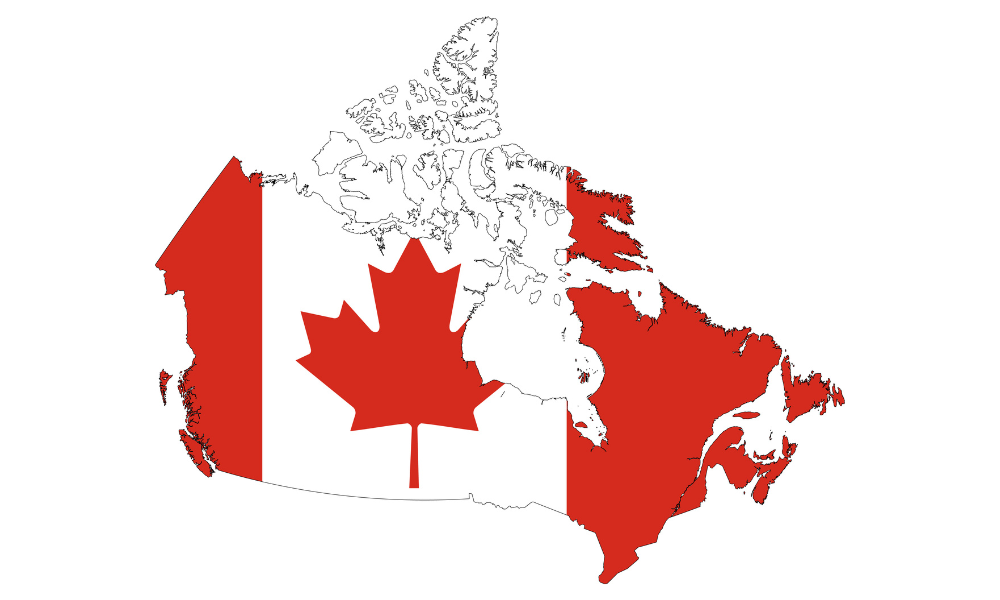
'There are important steps that Canadian businesses can take to prepare for trade disruption and higher costs and build resiliency'

Amid the ongoing tariffs issue, one expert is calling on Canadian employers to make changes to their approach to the supply chain.
"With Canada caught in the trade crosshairs of the U.S. and China, industries that depend on suppliers and customers - such as manufacturing – are especially vulnerable to increased costs, delayed shipments, and disrupted production and planning schedules," said Alain Sawaya, National Leader of KPMG in Canada's Supply Chain practice. "Smaller suppliers with fewer options may struggle to absorb added costs, leading to a heightened risk of insolvency.”
Every Canadian organization affected needs to be building resiliency and agility right now, he said, that includes “looking holistically at their supply chain strategy and assessing their operating risks and contractual obligations – and alternatives – in this new trade environment."
Reconfiguring supply chains “can be a complex and lengthy process, especially for businesses with large, interconnected supply chains or smaller companies with limited resources,” noted Sawaya.
“That's why it's so crucial to make supply chains flexible and adaptable for any situation and have alternative supplier sources at the ready. That kind of resilience can help insulate organizations from tariffs and other potential crises down the road.”
Previously, Dan Kelly, president, and Corinne Pohlmann, executive vice-president for advocacy, at the Canadian Federation of Independent Business (CFIB), pleaded for help from the Canadian government for small employers who are feeling the impact of the trade war that US President Donald Trump started.
When Trump made his tariffs threat, 83% of Canadian employers said that they need to make their supply chains more resilient, according to a KPMG survey of 250 business leaders across Canada.
Possible actions to make that happen include but are not limited to:
Almost two-thirds (65%) of employers took pre-emptive action by shipping goods or products before Trump’s, according to the report.
Nearly half (48%) also plan to shift their investments to the U.S. and set up operations or production south of the 49th parallel to serve the U.S. market and reduce costs.
“The new U.S. administration’s economic and trade policies are having huge ripple effects in Canada and around the world,” says Lucy Iacovelli, Canadian managing partner, Tax and Legal, KPMG in Canada. “There are important steps that Canadian businesses can take to prepare for trade disruption and higher costs and build resiliency.”
Also, 60% of Canadian employers will look to make acquisitions in the U.S. to serve their customers if tariffs are implemented.
With Canadians expecting job cuts amid the tariffs issue, 80% want the Canadian federal government to support people who would be impacted by job losses, according to a previous report.
Meanwhile, Nova Scotia has launched a survey among employers, seeking to know how they want to respond to the tariffs issue.
Employers that fill out the online survey – available here – will be able to share information about barriers to expanding into interprovincial or international markets. The province will take that information into account as it moves forward with its tariff response, according to the government.
There is also a tariff information line at 1-800-670-4357.
“Now more than ever, we need to be Nova Scotia loyal. Our local businesses know this, and they’re looking for ways to grow their business across Canada and internationally. They’ll have questions, and we’re here to help,” said Premier Tim Houston.
“If the Trump Tax returns, it will raise costs for everyone on both sides of the border. Our hope is the United States will not reinstate this harmful policy. In the meantime, we are fighting for Nova Scotian businesses, and we’ll take strong action to help them stay strong and competitive.”
In 2023, Nova Scotia exports to the U.S. were $4.4 billion and imports were $682.7 million; the leading exports were tires, fish/prepared seafood, forest products, aerospace products, and plastics.
Canada is the largest export market for 36 U.S. states and ranks among the top three for 46 states; 43 states export more than $1 billion annually to Canada, and nearly 70% of Canadian goods exported to the US are integral to manufacturing other products, directly supporting American manufacturing.
Also, more than 29,000 Nova Scotian jobs depend on exports to the U.S. – about one in every 16 jobs and more than half (54%) of all jobs in Nova Scotia that are supported by international exports, according to the provincial government.
In response to the US tariffs, Prime Minister Justin Trudeau’s government said it is moving forward with 25% tariffs on $155 billion worth of goods.
Here are some things Canadian employers should do to effectively manage their workforce amid the tariffs war, according to Hicks Morley’s Partner Henry Y. Dinsdale and Associate Mornelle Lee: